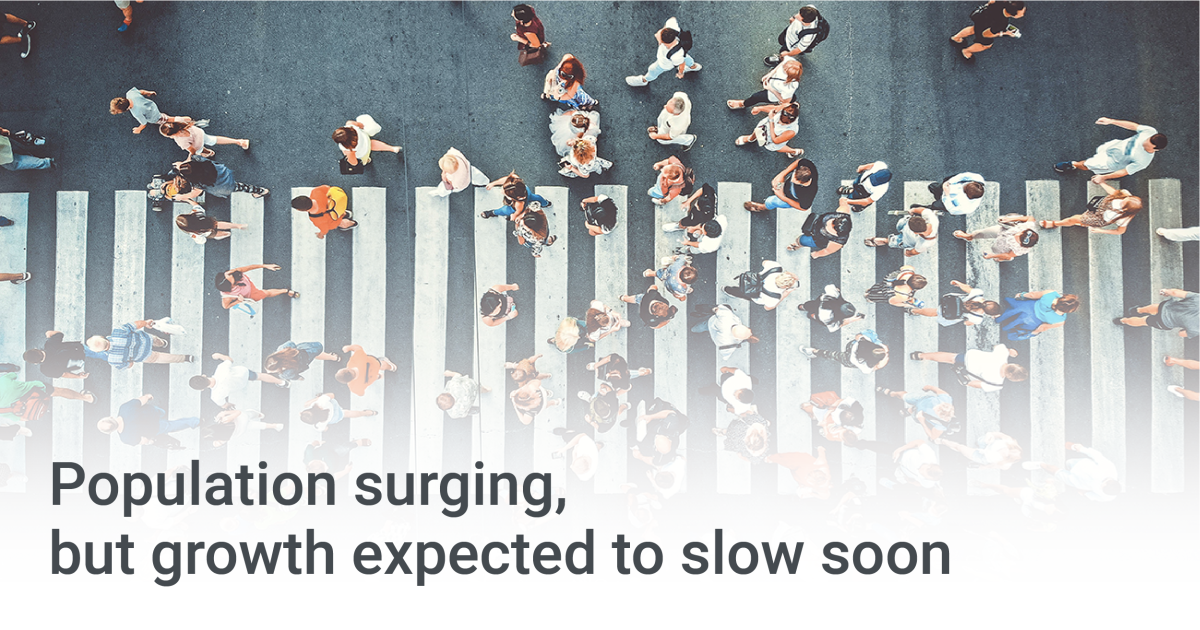Newsroom
Population Grows 2.52% | Unemployment back under 4% | Banks in good shape says RBA

- Oxcel Finance
- March 24, 2024

|
|
|
|
|
|
|
|
|
|
|
|
|
With a wide range of panel of lenders you can be assured we’ll find a competitive finance solution to suit your needs




























































































































We’ve made it convenient for you to find everything you need here